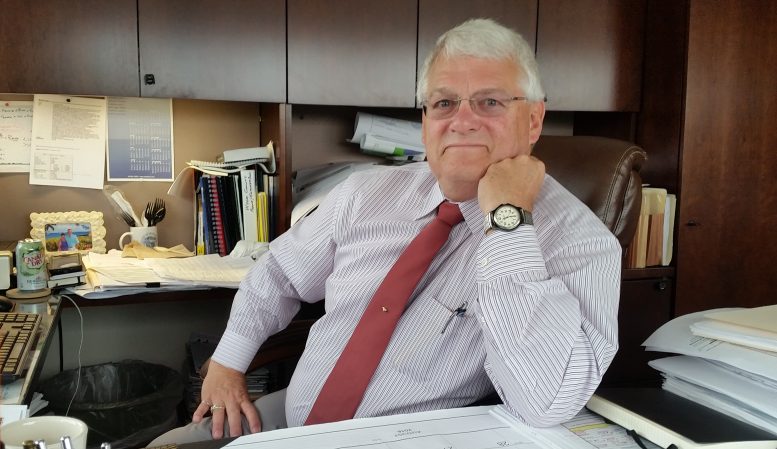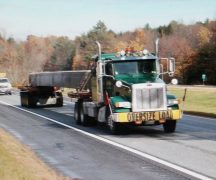By JAN LARSON McLAUGHLIN
BG Independent News
Draining the Great Black Swamp came at great expense. Keeping it drained has also proven to be quite costly.
Wood County Engineer John Musteric believes the bills for handling storm water can be divided more fairly in the county. So he has asked the county commissioners to approve a $50,000 study to examine the feasibility of setting up a storm water district in Wood County.
“We’ve been after the commissioners to investigate this,” Musteric said. “I believe it’s a more fair way.”
The feasibility study would show how much the county is spending to keep storm water at bay through ditch maintenance, removing debris in rivers, storm sewer repairs, catch basin repairs and manholes.
“I think it’s going to be an eye-opener,” Musteric said.
Depending on the findings, the study could result in the creation of a storm water district in the unincorporated areas of the county that would charge fees to landowners to support.
“It has been proven in court that county commissioners can do this,” Musteric said.
Many other areas in Ohio already have storm water districts in place, with monthly fees ranging from $3.47 in Toledo, and $4.06 in Lucas County to $3.50 in Elmore, and $8 in Oak Harbor.
The assessments to landowners are based on the amount of “impervious property” on the parcel. In other words, how much space is covered with rooftops or pavement that doesn’t allow water to soak into the ground.
Local farmers, Musteric said, will only be charged the minimum rate, since even if they have large areas of impervious property, it is balanced out with even larger areas of open ground.
“I think the farmers will embrace it,” the county engineer said.
The county auditor’s office would handle the assessments, Musteric said. The fees would likely be billed on property taxes as special assessments.
By setting up a district funded by landowner fees, the county will be able to set money aside for storm water expenses. Currently, ditch improvements that aren’t under a maintenance plan along county roads are paid for with county road and bridge funding. So by creating a system of funding for storm water issues, the engineer’s office can use more of its road and bridge funding for the work it was intended for, Musteric said.
The storm water district would not have to cover the entire county. It may be that only those landowners in the northern portion of Wood County will be assessed, since the storm water issues are greater where more development has occurred.
The commissioners are considering Musteric’s request. The feasibility study is expected to last six to nine months. If the results show the value of a storm water district, the next step will be to develop a program, then create a billing system. A committee of residents and township trustees would then be set up to select storm water projects that need to be completed. The program would be administered by the county engineer’s office.





